We may earn money or products from the companies mentioned in this post. This means if you click on the link and purchase the item, I will receive a small commission at no extra cost to you ... you're just helping re-supply our family's travel fund.
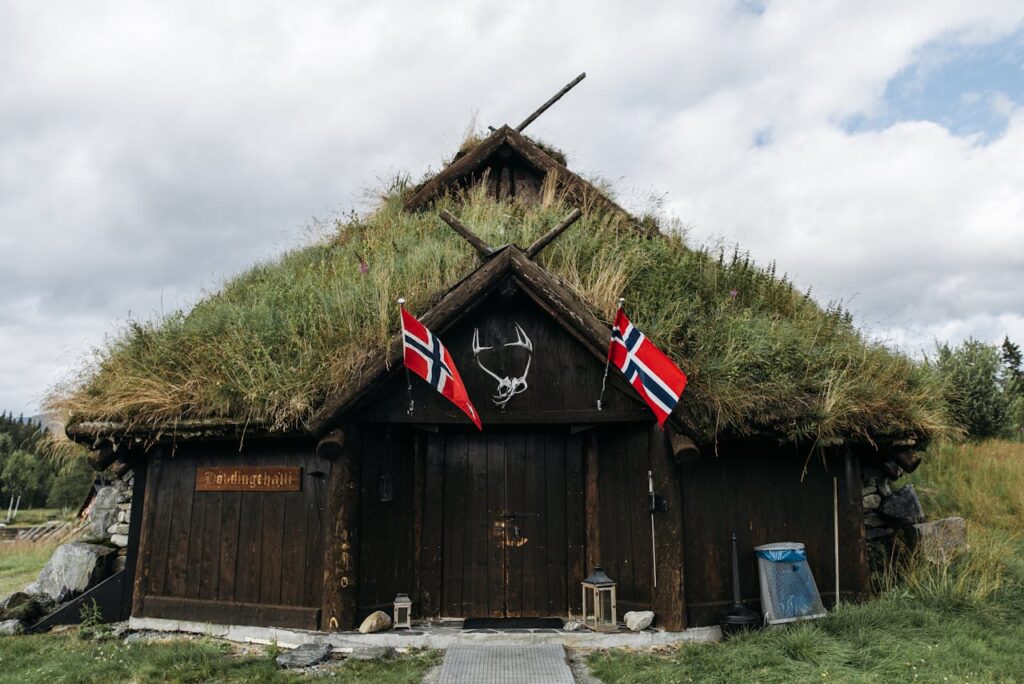
The word Viking conjures images of epic sagas, fierce warriors, and mythical gods. But to truly understand their world, you have to walk the ground they walked and stand beside the stones they carved. Beyond the legends, a real and tangible history is etched into the Scandinavian landscape, waiting to be discovered. To visit these preserved sites is to journey through a portal in time, from the quiet dignity of a burial mound to the bustling energy of a reconstructed village. This is your invitation to experience their story firsthand.
The Viking Ship Museum, Oslo, Norway
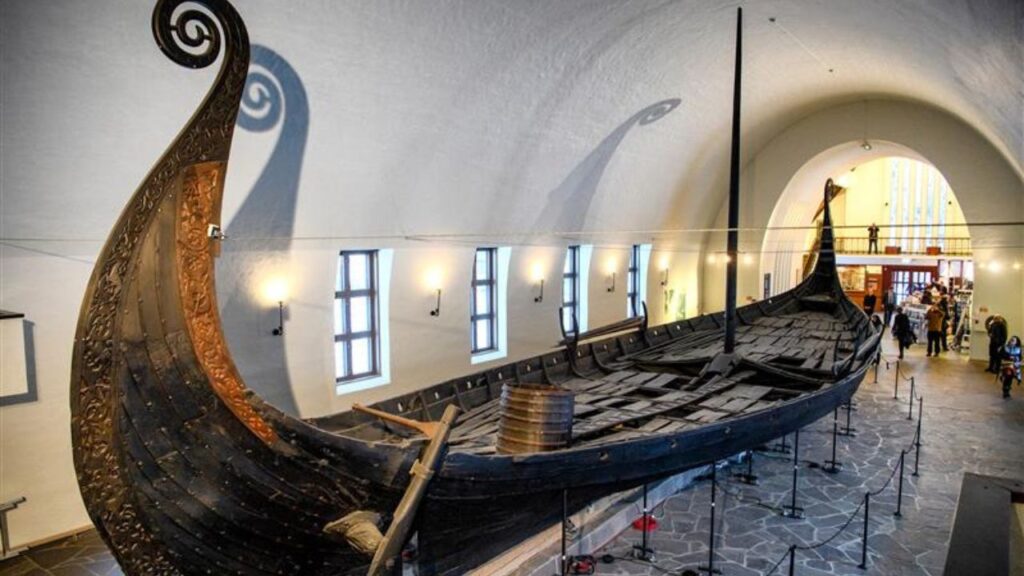
This iconic museum is the keeper of some of the most extraordinary Viking Age artifacts ever discovered. It houses the world’s two best-preserved Viking ships from the 9th century, both pulled from chieftain burial mounds. Standing before the immense Oseberg and Gokstad ships, you can admire their incredible craftsmanship and imagine them cutting through the icy waters of the North Sea. The museum is currently closed for a major renovation until 2026, when it will reopen as the Museum of the Viking Age.
Lofotr Viking Museum, Borg, Norway
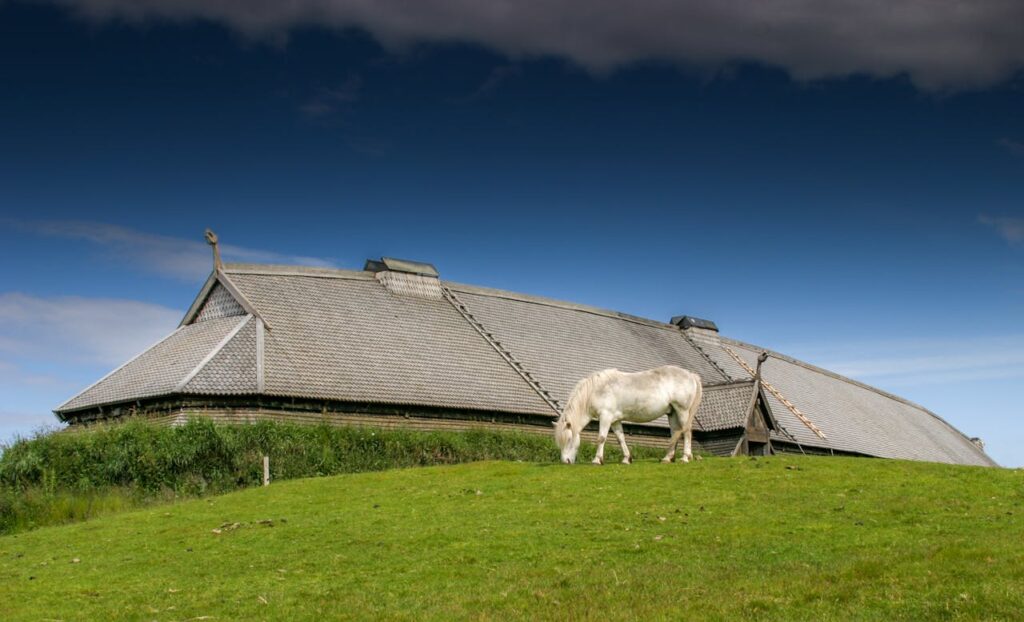
On the stunningly beautiful Lofoten Islands, archaeologists discovered the largest Viking longhouse ever found. Today, a full-scale reconstruction of this 272-foot chieftain’s home stands on the original site. As you step inside, the scents of tar and an open fire transport you back a thousand years. Here, you can experience daily life, witness craft demonstrations, and even sail a Viking ship replica, all set against a backdrop of dramatic Nordic landscapes.
Jelling Mounds, Runic Stones and Church, Denmark
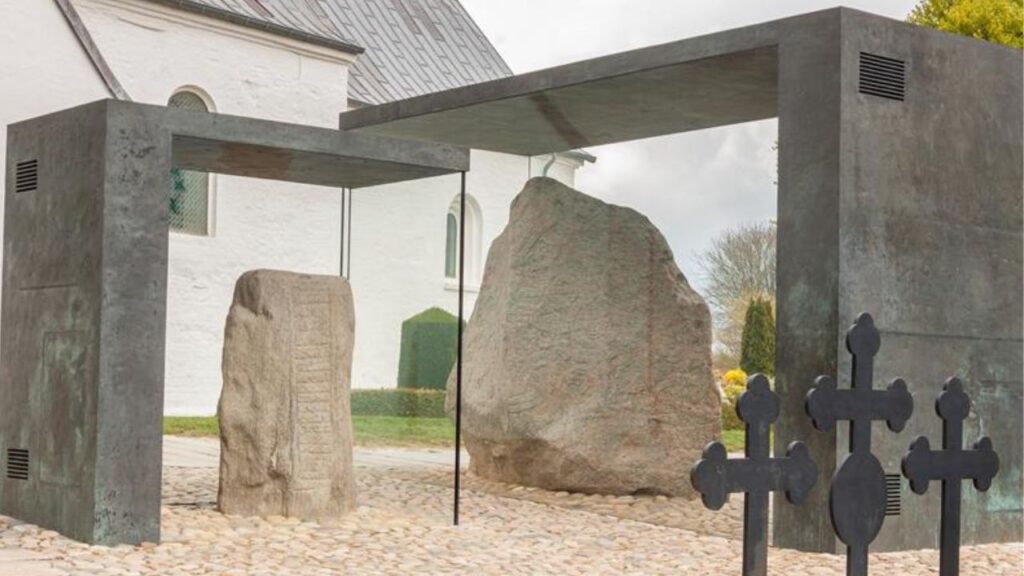
This UNESCO World Heritage site is often called “Denmark’s birth certificate.” It features two massive burial mounds, believed to be for King Gorm the Old and his wife, Thyra. Between them stand two monumental runestones erected by their son, Harald Bluetooth, to honor his parents and proclaim his unification of Denmark and conversion to Christianity. To stand before these intricate carvings is to witness the very moment a nation was forged and the Viking Age began to transform.
The National Museum of Denmark, Copenhagen
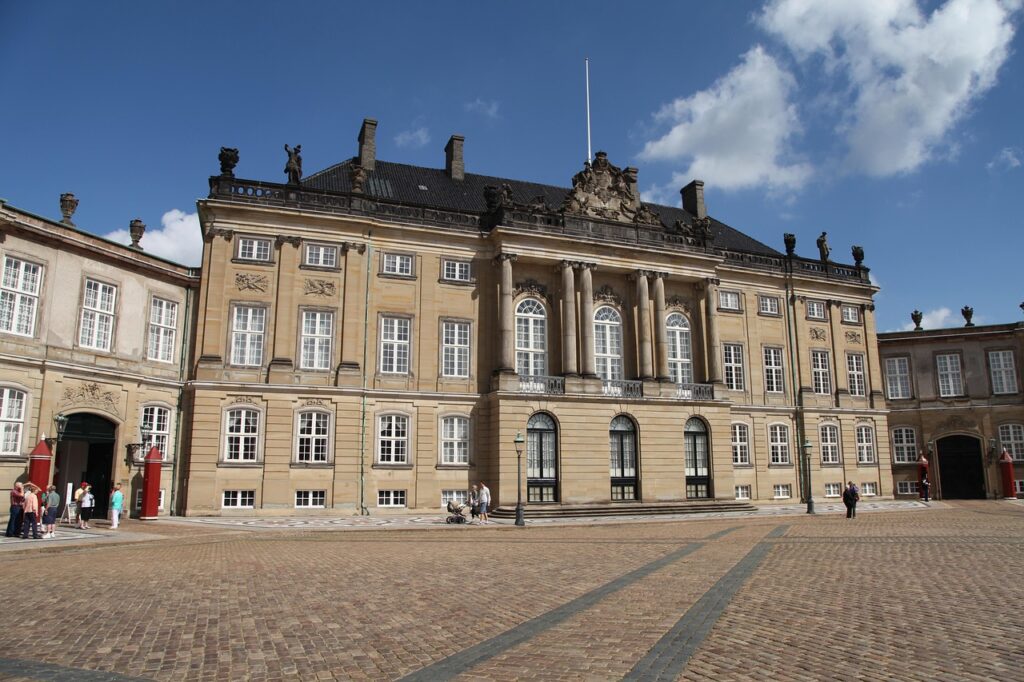
While other museums showcase ships, Copenhagen’s National Museum holds the treasures of daily life. Here, you can marvel at the precious hoards of weapons, intricate gold and silver jewelry, and everyday tools recovered from Viking tombs and settlements. You can see the delicate craftsmanship of a simple wooden comb or the fearsome beauty of an inlaid sword. These personal artifacts offer an intimate and powerful connection to the people who once used them.
Birka and Hovgården, Björkö, Sweden
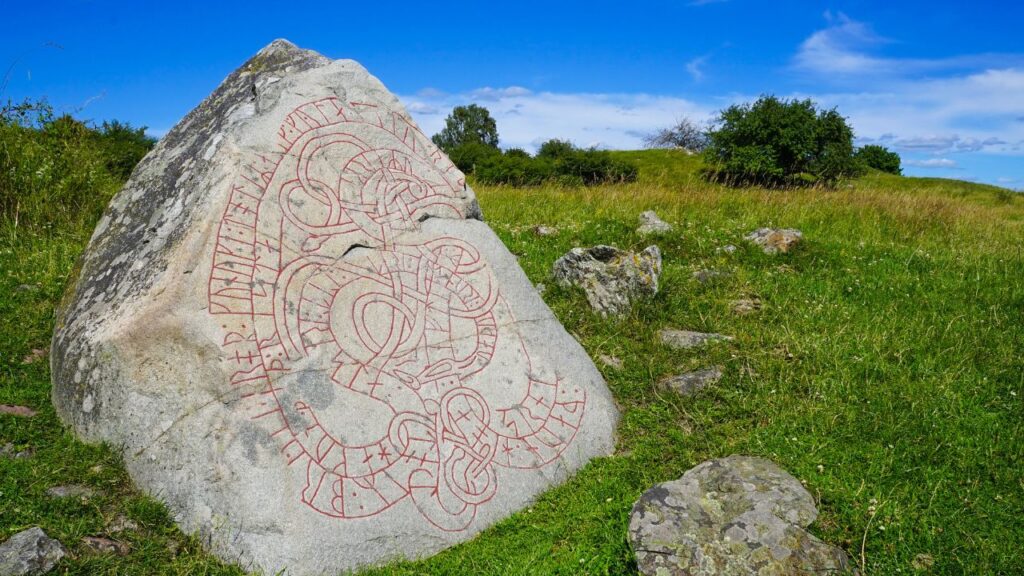
Step onto the island of Björkö in Lake Mälaren and you are walking through Birka, Sweden’s first town and a vital Viking Age trading post. This UNESCO World Heritage site was a bustling hub where merchants from across Europe and beyond met to trade goods. You can explore the vast fields of burial mounds, see the outlines of the ancient settlement, and visit the museum to understand how this quiet island was once a center of the Viking world. It’s a place of profound and peaceful history.
Avaldsnes (Karmøy), Norway
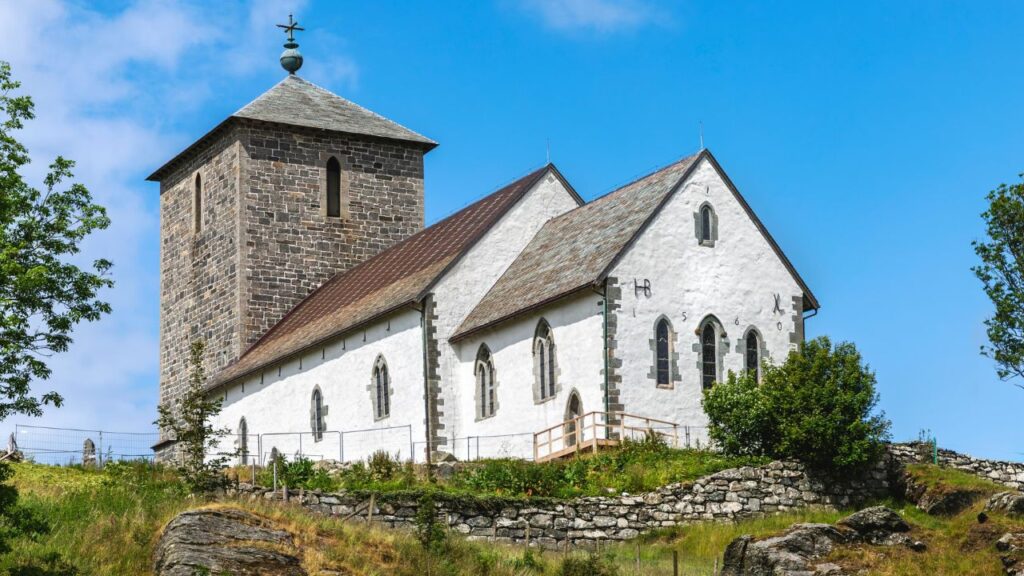
Near the modern town of Haugesund lies Avaldsnes, the seat of power for Viking kings like Harald Fairhair, who first unified Norway. On a small, wooded island, you can explore a painstakingly recreated Viking settlement. Costumed interpreters bring the village to life, demonstrating skills like iron forging and open-fire cooking in thatched-roof longhouses. It’s an immersive experience that provides authentic insight into the community, culture, and skills that supported the great kings.
Aarhus, Denmark
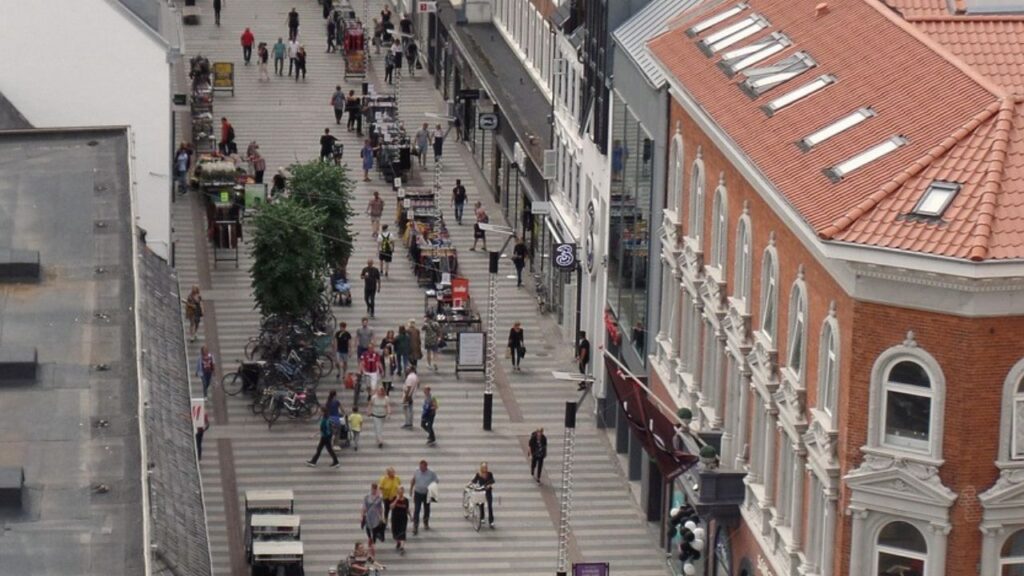
Aarhus is not a ruin or a museum; it is a vibrant modern city built directly on top of its Viking foundations. Founded as a harbor settlement over 1,200 years ago, the city’s Viking roots are proudly on display. At the Moesgaard Museum, you can see incredible artifacts and the famous Grauballe Man. In the city’s Latin Quarter, you can walk streets that follow the original Viking-era layout. Aarhus offers a unique chance to see how a city’s ancient past lives and breathes within its present.